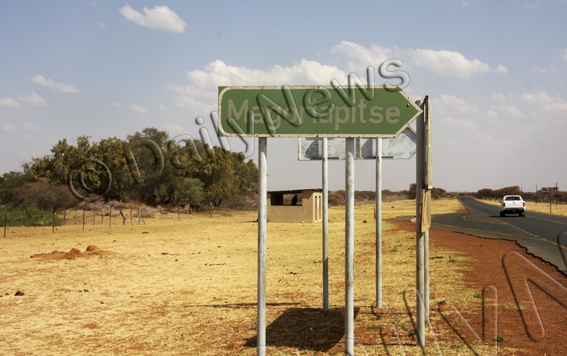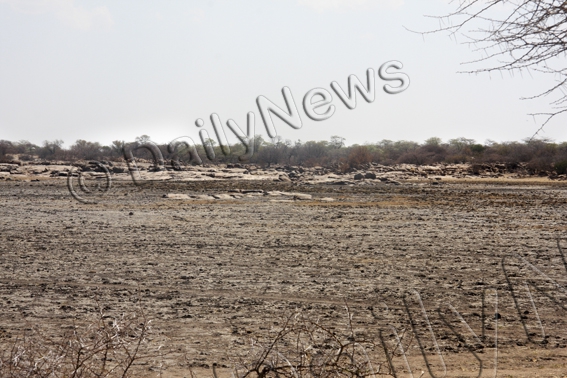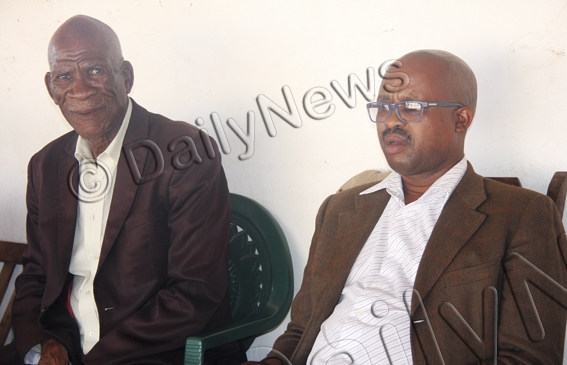Magoriapitse History tourism potential
20 Nov 2019
Finding the meaning behind Magoriapitse, a village along the Kanye-Ramatlabama road, initially proved to be a mammoth task until the village elders came to the rescue.
From their explanations, they started off as a run-away group originally from Poe in South Africa, who initially settled in Kuruman after a conflict in their native land ensued.
“Our great grandparents were Ba-Phadima so the place became known as Ga-Phadima when we settled on the border between Bangwaketse and Barolong.
When our people settled here there were various wild animals, including Zebra, that drank from a pan situated south of the village.
The name Magoriapitse was depicted from magoro-a-dipitse because these animals fed on the salt around the pan,” explains Mr Bothata Phadima, one of the village elders.
The main pan also shares a name with a smaller one just across, named Magoriapetsana, in typical vernacular intended to elaborate the small scale.
Even though early inhabitants were Bahurutshe from Ga-Phadima, they eventually mixed with Barolong ba ga Morakile, while Bangwaketse also started arriving gradually to form a peaceful algamated dwelling place.
One of their unifying factors was the London Missionary Society (LMS), later named United Congregational Church in Southern Africa (UCCSA), whose structure still exists.
“In 1939, Kgosi Bathoen ordered that the tribes should re-group to build one village under the leadership of Kgosi Kelapetseng of Ba-Phadima, who was later coronated, “he says.
He further laments that due to their initial small population, they could not occupy all the land allocated their tribe hence others managed to close them in, resulting in the current shortage of ploughing fields.
Due to the significance of the pan on the village history, as well as proximity to the Ramatlabama road, the residents have decided to take advantage of the tourism potential around the area.
“In our effrorts to heed government’s call to diversify economy and generate income through tourism, we have since formed Magoriapitse Development Trust. We are currently awaiting official allocation by land authorities so that we can start implementing our plan,” explains the Trust chairperson Mr Albert Mositwane.
The intention is to fence the area, which is also a burial site for the early descendants and prominent people that form the history of the village.
Part of the plan also includes building campsites for tourists and accommodating wild animals such as Zebra and baboons, which have a historical significance to the area, with the latter being the Totem for Bahurutshe.
The beautiful scenery is currently being used as a photo shooting spot for weddings, but does not benefit the community because it is just an open public space.
For Kgosi Letlhogonolo Moses, the success of the Trust would not only turn the place into a tourist area but will go a long way in creating employment for the local people, especially the youth.
He strongly believes that the proceeds from the tourism could help develop the village and also make it popular.
“It is without doubt that our village has rich history, and we have tourists coming to see our pans on regular basis. All we need to do is secure the area and formalise the arrangement so that we can make an income as a community,” he says.
Kgosi Moses is also optimistic that once running, the plan would also incorporate another historical hill nearby named Sehikile, after the Ndebele word ses’fikile used by warriors to make their presence known to their enemies. Ends
Source : BOPA
Author : Kehumile Moekejo
Location : Magoriapitse
Event : Interview
Date : 20 Nov 2019








